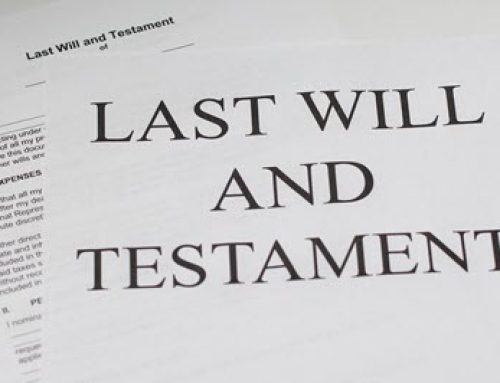24-7 Press Release: Assets with beneficiary forms seem appealing to people trying to set up estate plans. Such assets have the benefit of going directly to the heirs and avoiding the lengthy and sometimes costly probate process. However, people need to make sure that they coordinate their named beneficiary assets with the rest of their estate planning documents such as wills and trusts. Otherwise people may inadvertently sabotage their own plans for their possessions after they die because such forms override wills — wills do not override beneficiary designations. Those making estate plans need to know common errors to avoid when executing named beneficiary forms on assets.
Types of Named Beneficiary Assets
There are a variety of assets that can have named beneficiary forms. Some of the most common examples include life insurance policies, retirement accounts, payable or transferable on death bank accounts, U.S. savings bonds and securities such as stocks, bonds and mutual funds.
People may designate a variety of different types of beneficiaries. Some may opt to name an individual outright, while others may choose to name a group of people such as “all of my grandchildren who survive me.” A person may also name a trust or his or her estate as the beneficiary of such an asset. Finally, a person may choose to make a charity or other organization a beneficiary.





Leave A Comment